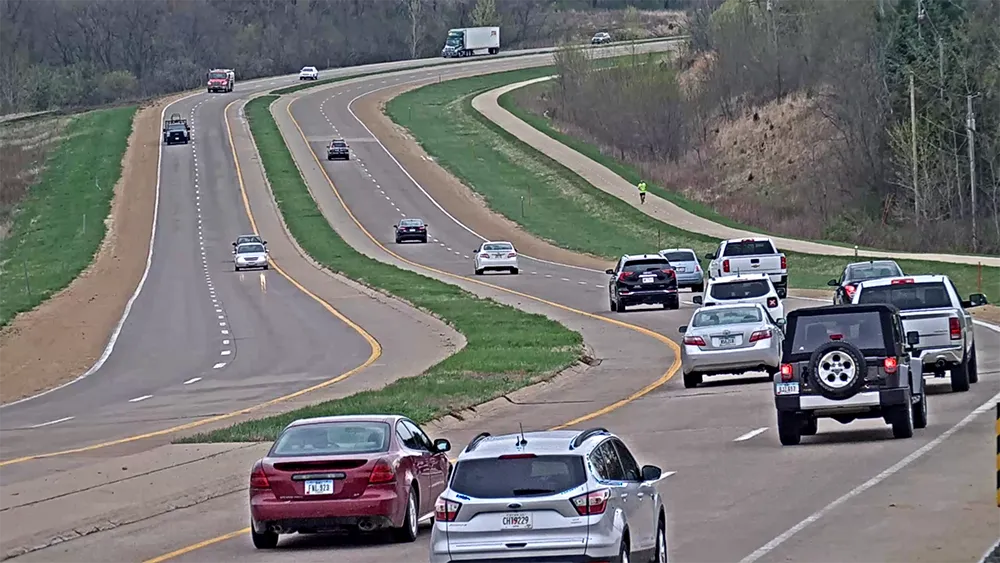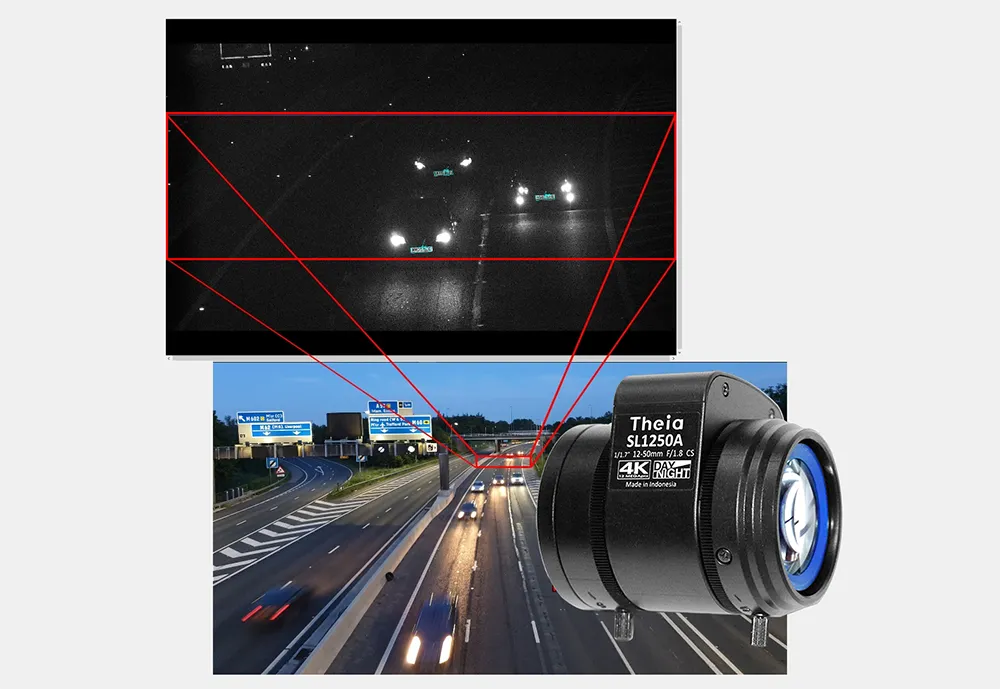The latest V9360 hemispheric cameras from network video management systems supplier Vicon Industries provide high-resolution, continuous 180-degree or 360-degree coverage. An integral fisheye lens and four megapixel sensor captures a complete 360-degree view, which is delivered as two 180-degree panoramic images visually stacked on top of each other within a single video stream. All de-morphing is performed within the cameras prior to transmission, so a distortion-free image is delivered to the video manage
April 29, 2013
Read time: 2 mins
The latest V9360 hemispheric cameras from network video management systems supplier 547 Vicon Industries provide high-resolution, continuous 180-degree or 360-degree coverage. An integral fisheye lens and four megapixel sensor captures a complete 360-degree view, which is delivered as two 180-degree panoramic images visually stacked on top of each other within a single video stream. All de-morphing is performed within the cameras prior to transmission, so a distortion-free image is delivered to the video management system (VMS) ready for live display and recording. The cameras transmit a choice of H.264, MPEG-4 SP and M-JPEG compressions with dual streaming.
Available in indoor and outdoor models with a range of mounting options, the devices are true day/night cameras that perform extremely well in a wide range of lighting conditions, thanks to advanced WDR and a mechanical IR cut filter. A microSD/microSDHC card slot allows for local storage. Power-over-Ethernet eliminates the need for power cables.
Available in indoor and outdoor models with a range of mounting options, the devices are true day/night cameras that perform extremely well in a wide range of lighting conditions, thanks to advanced WDR and a mechanical IR cut filter. A microSD/microSDHC card slot allows for local storage. Power-over-Ethernet eliminates the need for power cables.










